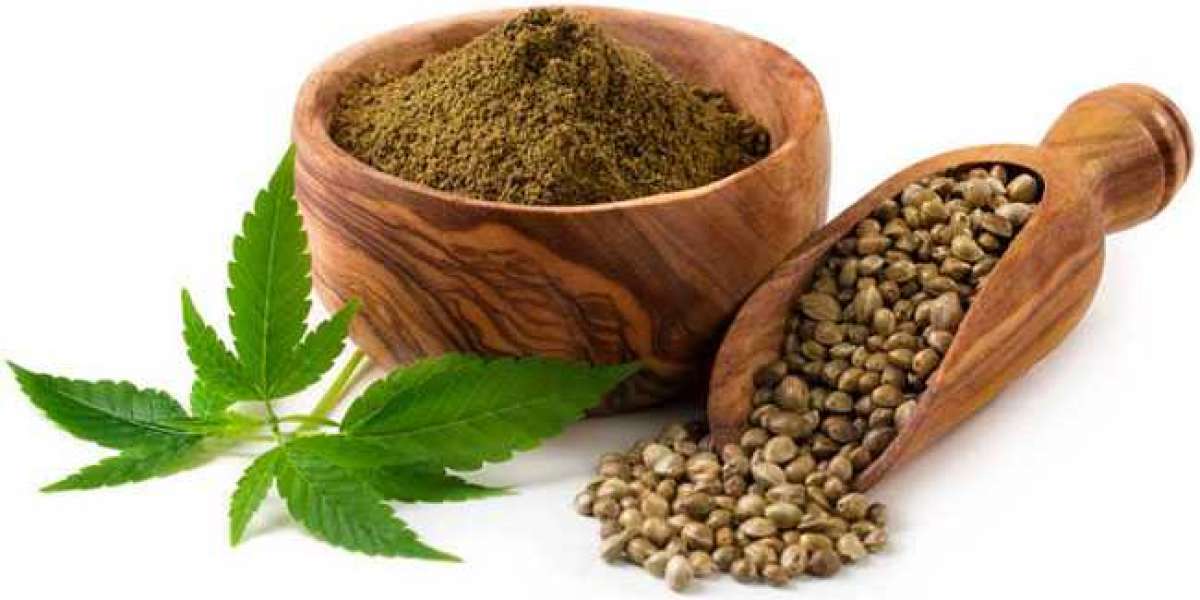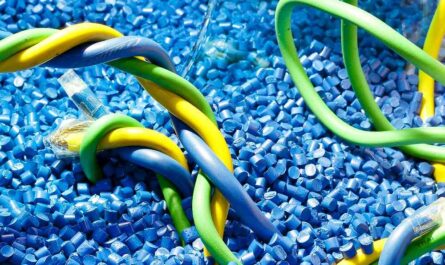Hemp fiber is a durable natural fiber obtained from the stalks of the hemp plant, Cannabis sativa. For centuries, hemp has been used to make rope, clothing, paper and a variety of other products. More recently, researchers are exploring ways to process hemp fiber for use in construction materials, textiles and bio-composites. With its durability, versatility and eco-friendly qualities, hemp fiber shows great promise as a sustainable, renewable resource.
History of Hemp Fiber Use
Hemp is among the earliest domesticated plants, having been cultivated for over 10,000 years around the world. Some of the oldest existing textiles were made from hemp fibers that date back to 8000 BC. For millennia, hemp fiber was used primarily for its strong, coarse quality fibers to make rope, sails, clothes and more. During the 17th-19th centuries, cultivation of hemp saw a huge boom as demand grew for canvas, linens, paper and other hemp products. Before the advent of manufacturing synthetic fibers, hemp was considered an essential crop and a major economic driver throughout much of the world.
Renewable and Sustainable Resource
One of the major advantages of hemp fiber is that it is a 100% natural, renewable resource. Hemp plants can be grown with very low demand on existing agricultural land, requiring minimal pesticides and fertilizers compared to cotton. Additionally, hemp is a very hardy plant that is resistant to pests and disease. It grows rapidly, maturing within 120 days and helping prevent soil erosion. The stalks of harvested hemp plants can then be processed to extract the fibers as a raw material. This makes hemp fiber highly sustainable and eco-friendly compared to its synthetic alternatives like plastic. Being a natural product, hemp fiber is biodegradable as well once a product reaches the end of its useful life.
Hemp Fiber Processing and Applications
Modern processing methods allow hemp fibers to be separated from the woody core of the stalks through retting and breaking. Retting involves either water or dew retting to break down pectins binding fibers to woody core. Breaking then separates fibers from broken cores for cleaning and refinement. Processed hemp fibers have desirable properties including high tensile strength, durability, mold resistance and breathability. Researchers are exploring ways to utilize hemp fibers for a variety of applications like construction materials, automobile industry, textiles and composites.
Building Materials
With its strength and thermal insulating properties, Hemp Fiber has enormous potential for use in construction and building materials. Hemp fibers can be molded into panels to make partitions, wallboards or even entire structures. Mixed with lime binders, hemp fibers yield environmentally-friendly lightweight insulating concrete blocks. Hemp fiber reinforced plastic (HFPR) composites show promise as sustainable substitutes for wood in areas like decking or fenestrations. When combined with resins and thermosets, hemp fibers have potential to reduce the weight of vehicle components as well for improved fuel efficiency.
Hemp Textiles
Garments and textiles made from hemp fibers are experiencing a growth resurgence in popularity. Hemp fibers are naturally resistant to microbes, ultraviolet degradation and weathering. They breathe better than synthetic materials to regulate body temperature. Traditional hemp textiles may include linen, canvas and tweeds, with the fibers providing a soft, durable hand feel. Modern technical hemp fabrics can wick moisture and regulate temperature for performance athletic clothing and outdoor wear. The fibers are also gentler on sensitive skin compared to conventional cotton. Recent developments see hemp blended with other fibers like bamboo, organic cotton or recycled polyester to create eco-friendly textiles and apparel.
Composites and Plastics
As a natural fiber, hemp holds promise as a renewable alternative reinforcement in polymer composites and bioplastics. Hemp fibers exhibit preferable strength and durability properties versus synthetic fibers like glass or carbon. Mixed into resin matrices like polyester or epoxy, hemp fibers increase impact strength and reduce brittleness in plastics. Automakers already use natural fiber composites in certain non-structural auto components for weight savings benefits. Hemp fiber composites show applications in construction, infrastructure, consumer goods and more to displace petroleum-derived plastics. With further refinement, hemp may facilitate development of fully biodegradable plastics as well.
With its versatility, sustainability and many environmental advantages, hemp fiber could play a major role in developing greener industries and supply chains. As researchers enhance processing methods, applications of hemp fiber are accelerating across sectors from textiles and building materials to automotive and composite materials. However, legal frameworks around cultivation of hemp varieties with low THC content need further streamlining to fully tap its potential. Overall, hemp fiber’s renewability and superior mechanical properties indicate it could become a leading natural resource for the future. With commitment to research and development, hemp holds promise in transitioning to more sustainable economies worldwide.
*Note:
1. Source: Coherent Market Insights, Public sources, Desk research
2. We have leveraged AI tools to mine information and compile it




